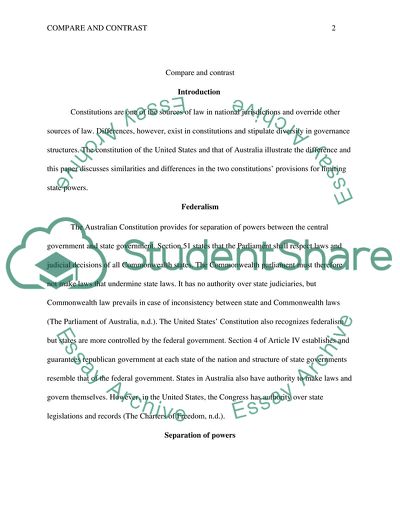Cite this document
(Compare and Contrast Coursework Example | Topics and Well Written Essays - 1500 words, n.d.)
Compare and Contrast Coursework Example | Topics and Well Written Essays - 1500 words. https://studentshare.org/law/1876038-compare-and-contrast
Compare and Contrast Coursework Example | Topics and Well Written Essays - 1500 words. https://studentshare.org/law/1876038-compare-and-contrast
(Compare and Contrast Coursework Example | Topics and Well Written Essays - 1500 Words)
Compare and Contrast Coursework Example | Topics and Well Written Essays - 1500 Words. https://studentshare.org/law/1876038-compare-and-contrast.
Compare and Contrast Coursework Example | Topics and Well Written Essays - 1500 Words. https://studentshare.org/law/1876038-compare-and-contrast.
“Compare and Contrast Coursework Example | Topics and Well Written Essays - 1500 Words”. https://studentshare.org/law/1876038-compare-and-contrast.


